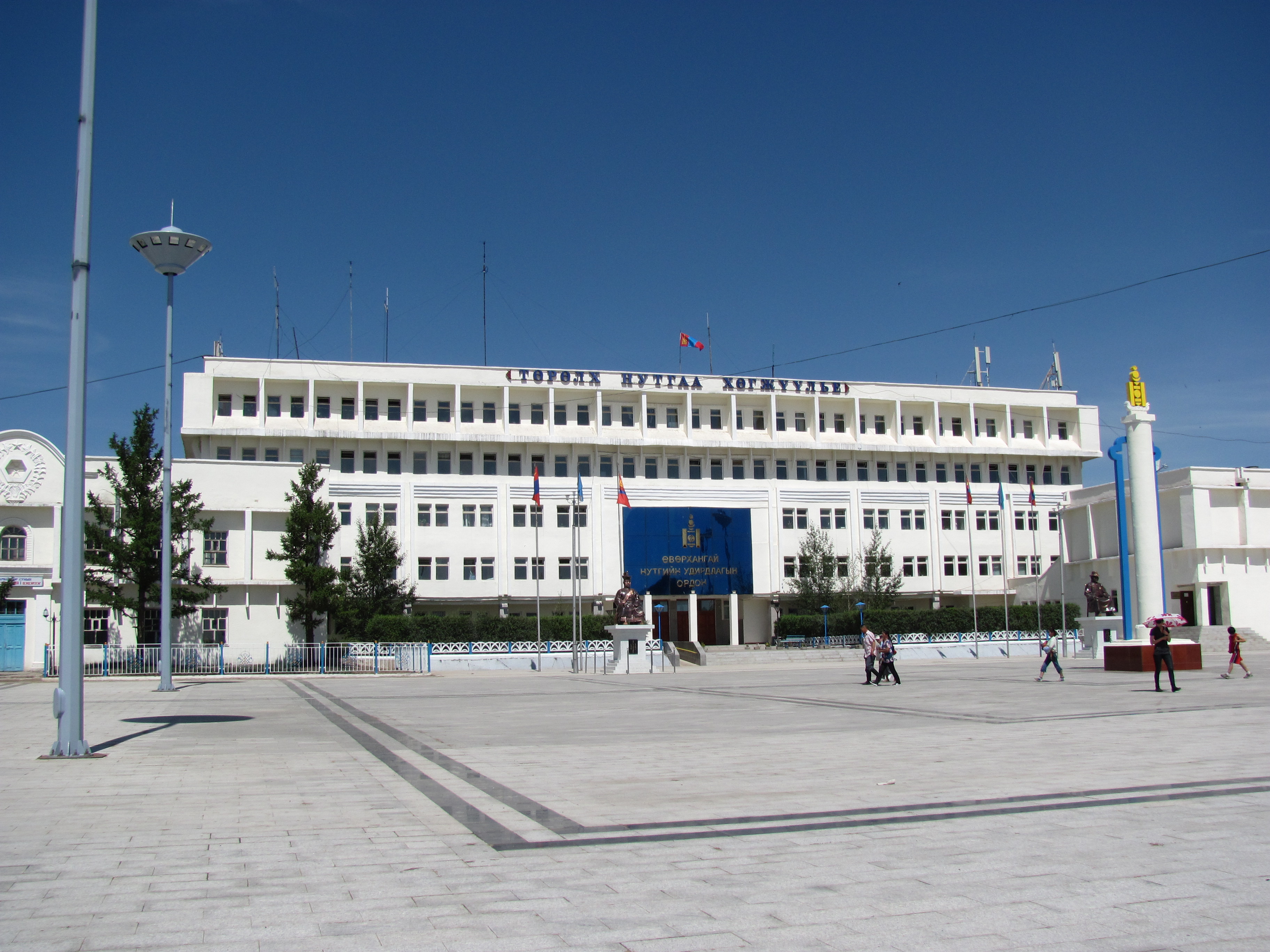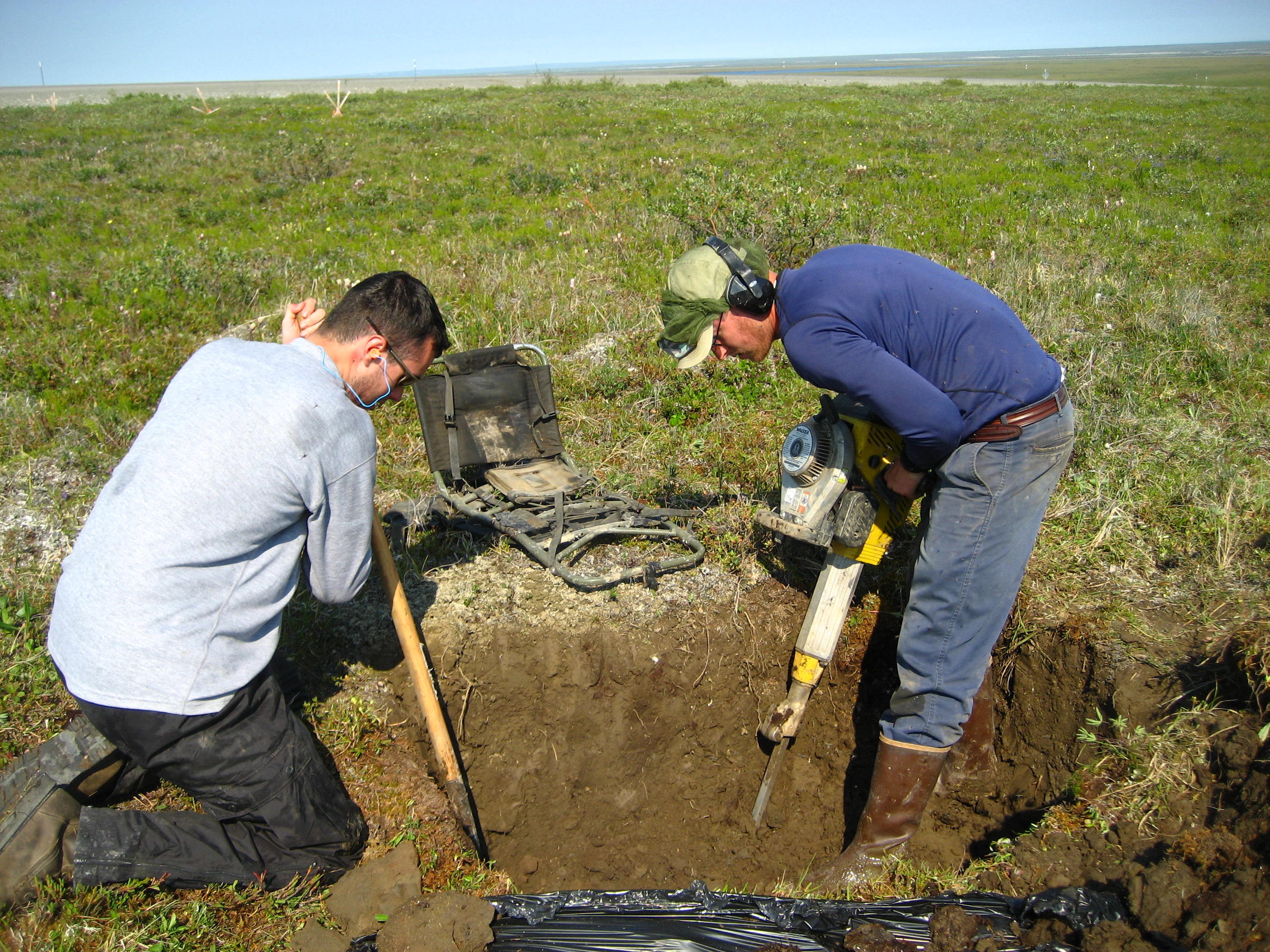|
Altai City
Altai (, ) is the capital of the Govi-Altai Province, Govi-Altai Aimags of Mongolia, province in western Mongolia. As of 2008, its population is 15,800.Annual Report 2008 . Govi-Altai Statistical Office. Climate Altai City has a typical Mongolian semi-arid climate#Cold semi-arid climate, cold semi-arid climate (Köppen climate classification, Köppen ''BSk'') with subarctic climate, subarctic (Dwc) influences, although the climate is so dry as to qualify as a desert climate#Cold desert climate, cold desert climate (Köppen climate classification, Köppen ''BWk'') despite the annual mean being sufficient for sporadic permafrost. The climate experiences long, very dry and very cold winters with short, mild summers when the majority of the scant precipitation occurs. Infrastructure< ...
|
Altai, Govi-Altai
Altai () is a sum (district) of Govi-Altai Aimag (province) in western Mongolia. It is located in the south of the aimag, and is not to be confused with the aimag capital, which is also named Altai, but located in the Yesönbulag sum. Wolves are a problem in the district, and in 2001 the local government approved a wolf hunting contest, which as of 2003 had killed 56 adult wolves and 40 cubs. The government also encourages well digging in the district and runs a contest. Administrative divisions The district is divided into four bags A bag, also known regionally as a sack, is a common tool in the form of a floppy container, typically made of cloth, leather, bamboo, paper, or plastic. The use of bags predates recorded history, with the earliest bags being lengths of animal s ..., which are: * Badral * Bayan-Ovoo * Bayantsagaan * Urt References Districts of Govi-Altai Province {{Mongolia-geo-stub ... [...More Info...] [...Related Items...] OR: [Wikipedia] [Google] [Baidu] |
Subarctic Climate
The subarctic climate (also called subpolar climate, or boreal climate) is a continental climate with long, cold (often very cold) winters, and short, warm to cool summers. It is found on large landmasses, often away from the moderating effects of an ocean, generally at latitudes from 50°N to 70°N, poleward of the humid continental climates. Like other Class D climates, they are rare in the Southern Hemisphere, only found at some isolated highland elevations. Subarctic or boreal climates are the source regions for the cold air that affects temperate latitudes to the south in winter. These climates represent Köppen climate classification ''Dfc'', ''Dwc'', ''Dsc'', ''Dfd'', ''Dwd'' and ''Dsd''. Description This type of climate offers some of the most extreme seasonal temperature variations found on the planet: in winter, temperatures can drop to below and in summer, the temperature may exceed . However, the summers are short; no more than three months of the year (but at least on ... [...More Info...] [...Related Items...] OR: [Wikipedia] [Google] [Baidu] |
Arvaikheer
Arvaikheer, also spelt Arwaiheer (, ; "Barley Steppe") is the capital of Övörkhangai Aimag (province) and one of the most central points of Mongolia. It is a centre for traditional crafts, goat herding and equestrian sports, and hosts a large regional horse festival every year. Arvaikheer has a population of 19,058 (2000 census), 23,298 (2004 est.), 24,954 (2006 est.), 25,622 (2008 est.Övörkhangai Aimag Sums Statistics, 2009 ). Arvaikheer is by far the largest town in the aimag. Climate Arvaikheer has a |
Altai Airport
Altai Airport is a public airport serving Altai City, which is the capital of the Govi-Altai Province, Govi-Altai province (''Aimags of Mongolia, aimag'') in western Mongolia. The airport is located west of Altai City. It is capable of handling An-24 type aircraft, including Fokker 50, Bombardier Dash 8, Dash 8 and ATR 42. Airlines and destinations See also * List of airports in Mongolia * List of airlines of Mongolia References External links * Airports in Mongolia Altai City Buildings and structures in Govi-Altai Province {{Mongolia-airport-stub ... [...More Info...] [...Related Items...] OR: [Wikipedia] [Google] [Baidu] |
Museum Of Govi-Altai Province
The Museum of Govi-Altai Province () is a museum in Altai City, Govi-Altai Province, Mongolia Mongolia is a landlocked country in East Asia, bordered by Russia to the north and China to the south and southeast. It covers an area of , with a population of 3.5 million, making it the world's List of countries and dependencies by po .... History The museum was originally established as the Local Studies Department in 1947. In 1967, it was transformed into a museum according to the resolution of the Ministry of Culture. In 1986, the museum established an exhibition hall named Ch.Lodoidamba. Architecture The museum consists of the following exhibition halls, which are hall of minerals, nature-geography, history-ethnicity, religion, traditional crafts, patriots and Ch.Lodoidamba. Exhibitions The museum has a total of 2,537 exhibits. References External links * 1967 establishments in Mongolia Altai City Buildings and structures in Govi-Altai Province Museums est ... [...More Info...] [...Related Items...] OR: [Wikipedia] [Google] [Baidu] |
Zavkhan River
Zavkhan River (, ) is a river in Mongolia. It flows from Khangai Mountains to Lake Khyargas, and has a draining area of over . The river forms most of the border between the Govi-Altai and Zavkhan aimags. The length of the river is . During the Mongol Empire, it appears to have been the territory of the family of Möngke Khan, and Jami' al-tawarikh mention that Mongke's son, , was in a river called “jabqan Mören (جابقان موران/jābqān mūrān)”.Muḥammad Rawshan & Muṣṭafá Mūsavī, ''Jāmiʿ al-Tavārīkh'', (Tihrān, 1373 994 or 1995,p.885/Thackston, W. M, ''Classical writings of the medieval Islamic world v.3'', (London, 2012),p.305 See also *List of rivers of Mongolia This is a list of notable rivers of Mongolia, arranged geographically by river basin. The Mongolian words for river are () and (), with the latter usually used for larger rivers. The Mongolian names also occasionally have a genitive constr ... References Rivers of Mo ... [...More Info...] [...Related Items...] OR: [Wikipedia] [Google] [Baidu] |
Deutscher Wetterdienst
The () or DWD for short, is the German Meteorological Service, based in Offenbach am Main, Germany, which monitors weather and meteorological conditions over Germany and provides weather services for the general public and for nautical, aviation, hydrometeorological or agricultural purposes. It is attached to the Federal Ministry for Transport. The DWDs principal tasks include warning against weather-related dangers and monitoring and rating climate changes affecting Germany. The organisation runs atmospheric models on their supercomputer for precise weather forecasting. The DWD also manages the national climate archive and one of the largest specialised libraries on weather and climate worldwide. History The DWD was formed on 11 November 1952 when the weather services of the western occupation zones were merged. In 1954, the Federal Republic of Germany joined the World Meteorological Organization (WMO). In 1990, following the reunification, the weather services of t ... [...More Info...] [...Related Items...] OR: [Wikipedia] [Google] [Baidu] |
National Oceanic And Atmospheric Administration
The National Oceanic and Atmospheric Administration (NOAA ) is an American scientific and regulatory agency charged with Weather forecasting, forecasting weather, monitoring oceanic and atmospheric conditions, Hydrography, charting the seas, conducting deep-sea exploration, and managing fishing and protection of marine mammals and endangered species in the US exclusive economic zone. The agency is part of the United States Department of Commerce and is headquartered in Silver Spring, Maryland. History NOAA traces its history back to multiple agencies, some of which are among the earliest in the federal government: * United States Coast and Geodetic Survey, formed in 1807 * National Weather Service, Weather Bureau of the United States, formed in 1870 * United States Fish Commission, Bureau of Commercial Fisheries, formed in 1871 (research fleet only) * NOAA Commissioned Corps, Coast and Geodetic Survey Corps, formed in 1917 The most direct predecessor of NOAA was the Enviro ... [...More Info...] [...Related Items...] OR: [Wikipedia] [Google] [Baidu] |
Sporadic Permafrost
Permafrost () is soil or underwater sediment which continuously remains below for two years or more; the oldest permafrost has been continuously frozen for around 700,000 years. Whilst the shallowest permafrost has a vertical extent of below a meter (3 ft), the deepest is greater than . Similarly, the area of individual permafrost zones may be limited to narrow mountain summits or extend across vast Arctic regions. The ground beneath glaciers and ice sheets is not usually defined as permafrost, so on land, permafrost is generally located beneath a so-called active layer of soil which freezes and thaws depending on the season. Around 15% of the Northern Hemisphere or 11% of the global surface is underlain by permafrost, covering a total area of around . This includes large areas of Alaska, Canada, Greenland, and Siberia. It is also located in high mountain regions, with the Tibetan Plateau being a prominent example. Only a minority of permafrost exists in the Southern Hem ... [...More Info...] [...Related Items...] OR: [Wikipedia] [Google] [Baidu] |
Desert Climate
The desert climate or arid climate (in the Köppen climate classification ''BWh'' and ''BWk'') is a dry climate sub-type in which there is a severe excess of evaporation over precipitation. The typically bald, rocky, or sandy surfaces in desert climates are dry and hold little moisture, quickly evaporating the already little rainfall they receive. Covering 14.2% of Earth's land area, hot deserts are the second-most common type of climate on Earth after the Polar climate. There are two variations of a desert climate according to the Köppen climate classification: a hot desert climate (''BWh''), and a cold desert climate (''BWk''). To delineate "hot desert climates" from "cold desert climates", a mean annual temperature of is used as an isotherm so that a location with a ''BW'' type climate with the appropriate temperature above this isotherm is classified as "hot arid subtype" (''BWh''), and a location with the appropriate temperature below the isotherm is classified as "cold a ... [...More Info...] [...Related Items...] OR: [Wikipedia] [Google] [Baidu] |
Semi-arid Climate
A semi-arid climate, semi-desert climate, or steppe climate is a dry climate sub-type. It is located on regions that receive precipitation below potential evapotranspiration, but not as low as a desert climate. There are different kinds of semi-arid climates, depending on variables such as temperature, and they give rise to different biomes. Defining attributes of semi-arid climates A more precise definition is given by the Köppen climate classification, which treats steppe climates (''BSh'' and ''BSk'') as intermediates between desert climates (BW) and humid climates (A, C, D) in ecological characteristics and agricultural potential. Semi-arid climates tend to support short, thorny or scrubby vegetation and are usually dominated by either grasses or shrubs as they usually cannot support forests. To determine if a location has a semi-arid climate, the precipitation threshold must first be determined. The method used to find the precipitation threshold (in millimeters): * ... [...More Info...] [...Related Items...] OR: [Wikipedia] [Google] [Baidu] |
Govi-Altai Province
Govi-Altai ( ) is a province in western Mongolia. Transportation The Altai Airport (LTI/ZMAT) has one paved runway and is served by regular flights to Arvaikheer, Bayankhongor and Ulaanbaatar Ulaanbaatar is the Capital (political), capital and List of cities in Mongolia, most populous city of Mongolia. It has a population of 1.6 million, and it is the coldest capital city in the world by average yearly temperature. The municipa .... The new arrival/departure building was opened to the public in 2013. Administrative subdivisions The capital Altai is geographically located in Yesönbulag sum, and not to be confused with the Altai sum in the south of the aimag. *Includes the capital of Govi-Altai Aimag, Altai City. Economy In 2018, the province contributed to 0.97% of the total national GDP of Mongolia. Notes Altai Mountains Provinces of Mongolia States and territories established in 1940 1940 establishments in Mongolia {{Mongolia-geo-st ... [...More Info...] [...Related Items...] OR: [Wikipedia] [Google] [Baidu] |






